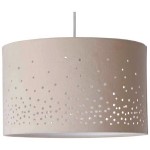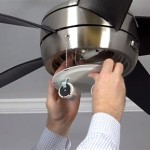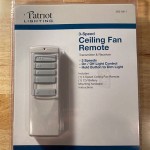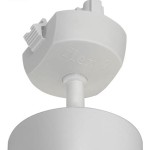Essential Aspects of Adding Ceiling Light to a Room
Adding ceiling light to a room can significantly enhance its ambiance, functionality, and overall aesthetic appeal. Here are some essential aspects to consider when embarking on this task:
1. Type of Ceiling Light
Various types of ceiling lights are available, including flush mount lights, semi-flush mount lights, pendants, and chandeliers. Choose the type that best aligns with the style and purpose of the room. Flush mount lights are ideal for rooms with low ceilings, while chandeliers are excellent for high-ceilinged spaces.
2. Placement
Proper placement is crucial for optimal illumination. Determine the room's central focal point and position the ceiling light accordingly. For general lighting, install the light in the center of the room. If you desire more task-specific lighting, place the light directly above the designated area.
3. Size and Brightness
Consider the size of the room and its intended use when selecting the size and brightness of the ceiling light. A large room may require multiple light fixtures or a larger fixture to provide adequate illumination. Ensure that the light's brightness level matches the activity that will occur in the space.
4. Style and Finish
The style and finish of the ceiling light should complement the room's decor. Choose a light that seamlessly integrates with the existing furniture, accessories, and architectural elements. Various finishes, such as brushed nickel, oil-rubbed bronze, or matte black, are available to match diverse design aesthetics.
5. Dimming Capability
Adding a dimmer switch to the ceiling light allows you to adjust the light's brightness according to the desired ambiance. This feature is particularly beneficial in rooms that serve multiple functions, such as living rooms or bedrooms. Dimmers enable you to create different lighting scenarios to suit various activities or moods.
6. Installation Height
The height at which the ceiling light is installed depends on the type of fixture and the ceiling height. Flush mount lights typically sit close to the ceiling, while pendants and chandeliers require additional suspension. Ensure that the light is installed at a comfortable height that provides adequate headroom and avoids obstructing views.
7. Electrical Work
Adding ceiling lights typically involves electrical work. If you are not comfortable performing electrical tasks, it is advisable to hire a licensed electrician to ensure safe and proper installation. An electrician can assess the existing electrical system and determine the appropriate wiring and circuit for the new lighting fixture.

Adding Overhead Lighting Extra S Young House Love

Add Lighting With Little Or No Damage Fielder Electric

Lighting Tips For Every Room

Clever Ways To Add Light A Room Without Wiring

Adding Overhead Lighting Extra S Young House Love

3 Best False Ceiling Lights You Can Use To Create Better Ambience

9 Types Of False Ceiling Light Designs To Glam Up Your Home

15 Clever Lighting Ideas For Low Ceilings 2024 Our Picks

Small Living Room Lighting Ideas Forbes Home

Use Led Ceiling Lights To Enhance Your Rooms Downlights Direct Lighting Advice News
Related Posts








